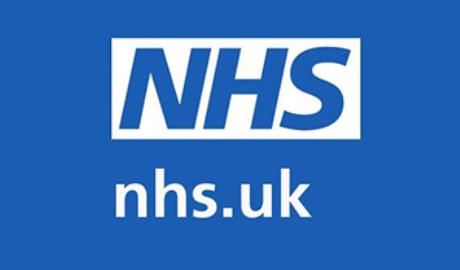Contraception
NHS
Find out about the different methods of contraception for preventing pregnancy, how to get them and how well they work
- Combined pill - Contains hormones progestogen and oestrogen
- Progestogen-only pill - Also called the mini pill, contains the hormone progestogen
- IUD (intrauterine device, or copper coil) - Inserted into the womb (uterus), does not contain hormones, and can be used as emergency contraception
- IUS (intrauterine system or hormonal coil) - Inserted into the womb (uterus), and releases the hormone progestogen
- Contraceptive implant - Inserted under the skin of your arm, and releases the hormone progestogen
- Contraceptive injection - An injection that contains the hormone progestogen
- Contraceptive patch - A sticky patch is worn on the skin and releases the hormones progestogen and oestrogen
- Vaginal ring - A soft, flexible ring put in the vagina, releasing the hormones progestogen and oestrogen
- Condoms - Worn on the penis to help prevent pregnancy and sexually transmitted infections (STIs)
- Internal (female) condoms - Put in the vagina before sex to help prevent pregnancy and sexually transmitted infections (STIs)
- Female sterilisation - A procedure that permanently stops eggs meeting sperm
- Vasectomy (male sterilisation) - A procedure that permanently stops sperm being ejaculated during sex
- Diaphragm or cap - Put inside the vagina before sex to stop sperm getting into the womb
- Natural family planning - Includes tracking your menstrual cycle to avoid sex when you're most fertile
- Emergency pill (morning after pill) - This is taken within 3 or 5 days after sex, depending on the type of pill





























